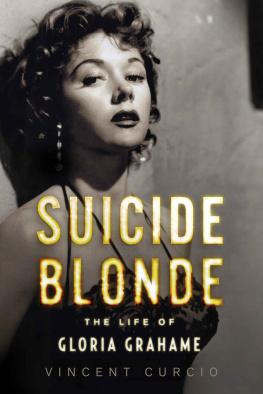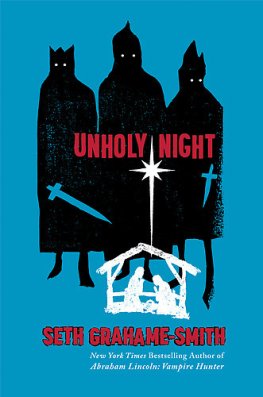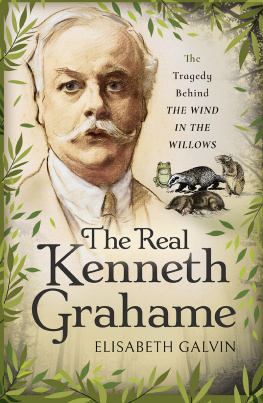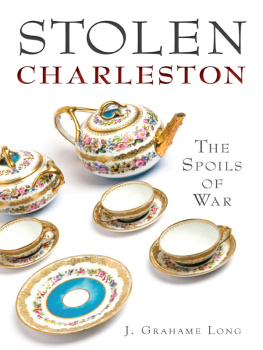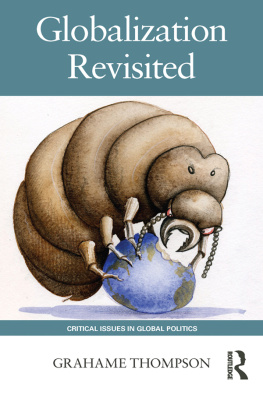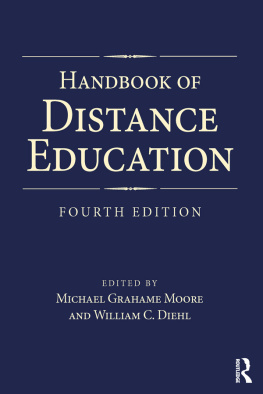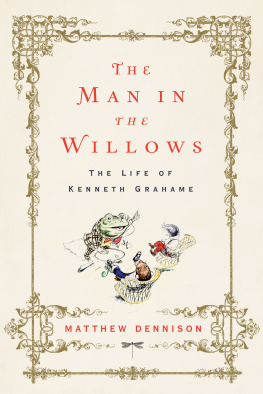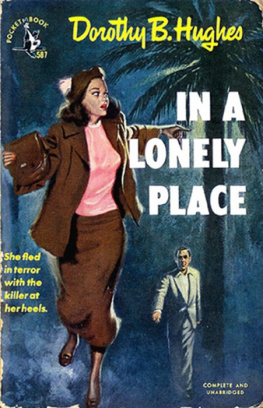Suicide Blonde
The Life of
Gloria Grahame
Vincent Curcio
To my mother
ALMA HILL
Who made so many personal sacrifices to make it possible for me to have the career in the arts I wanted so much;
My father
FREDERICK CURCIO
Who came to understand and support that career;
And to
VERONICA LAKE
Who remembered me at a moment in my life when I needed it the most
Contents
To the family: Joy Mitchum, whose tireless help and confidence in me made the personal side of this book far richer than it would have been otherwise; Paulette Howard, Tony Ray, Jr., and James Ray, Glorias children; and Vicky Mitchum, her niece, whose thoughtfulness and introspection enriched the book immeasurably; and Robert Mitchum.
Maria Clements, widow of Stanley Clements, who graciously filled in what would otherwise have been a large gap in Glorias life.
To the friends: Jeff Donnell, John Ireland, Larry Kleno, James Ackerson, Robert Windslow Baker, Ellen Hanley, George Englund, Patricia Englund and James MacKenzie.
Dr. William R. Grace, who guided her through her last illness.
Her attorney: Benjamin Reinhardt.
Her agents: Charles Hunt, Fifi Oscard, Jeremy Conway.
At the studios. RKO: John Hall, a peerless archivist, who was as generous with his time and help as he was fastidious in his methodology and encyclopedic in his knowledge; and David Chierichetti. MGM: Herbert Nussbaum, so admirable and helpful in his understanding of the importance of maintaining archives and making them available to researchers; and Diana R. Brown. Turner Entertainment Company: Dick May.
Researchers: Bernard Eisenchitz, Frank Bellow, Miles Krueger, Scott Berg, George Stephens, Randy Jeter, Mary Henderson, Pierre Sorlin, Ron Mandelbaum (Photofest) and the Larry Edmonds Bookshop.
Librarians: Sharon Farb, Brigitta Kuppers, and Jerry Guldin (UCLA); Ned Comstock (USC); and Ann Schlosser (AFI).
Research libraries: UCLA, USC, Academy of Motion Picture Arts and Sciences, AFI, MOMA, BFI, Cinematheque Francaise, Lincoln Center Library for the Performing Arts, Museum of Broadcasting, Rodgers and Hammerstein Foundation, Cecil B. DeMille Foundation and the Library of Congress.
Newspapers. Los Angeles Times: Jack Miles, Kevin Thomas; Los Angeles Herald Examiner: Ann Sausedo, librarian; Dramalogue: Bill Bordy and Greg Kilday.
Directors: Morton DaCosta, Joan White, Jerry Hopper, David Miller, Edward Dmytryk, Ronald Neame, Lewis Gilbert, Sutton Roley, Michael Pataki, Stuart Vaughan, Jack Gold, George Abbott, Richard Bare, David Thacker, Peter James, Stephen Hollis, R. Thad Taylor, Bernard McEveety and Joan Apple Lemoine.
David Shepard, Directors Guild of America, for his help in obtaining access to many of the above directors.
Producers: John Houseman, Ross Hunter, John Kenley and Jill Robinson, daughter of Dore Schary.
Actors: Frank Sinatra, Debbie Reynolds, Shirley Jones, Marie Windsor, Audrey Totter, Mike Connors, Richard Widmark, Jane Greer, Gene Nelson, Gilbert Roland, Jocelyn Brando, Rosemary Murphy, Anne Thompson Vaughan, Matthew Marsh and Leslie Nightingale.
Also, Judge Stanley Mosk, Lillian Sidney, Myron Meisel, Terry Curtis Fox, Susan Lerner, Teet Carle, Emily Torshia, Neil San Teguns, John Mahoney, Bob Coleman, Polly Stevens, Bill Krohn and Albert M. Katz, M.D., Henry Fera, Fran Sikorski and Andr Bishop.
Michael Arabian and Richard Kraft, who opened their home to me on innumerable occasions during my research and were tireless in their interest and friendship during the whole process.
Win and Mimi Bochco Nathanson, who were a haven of friendship and support from start to finish.
Charles Hunt and Kevin McShane, my agents at Fifi Oscard.
Lisa Drew, my editor at William Morrow, simply the best editor a writer could ever hope to have, and Robert Shuman, her endlessly helpful assistant.
Lucille Lortel, who, with good grace and great personal restraint, allowed me to write this book without pressure, despite the fact that it came during a time when she could have used my help in the largest and most complicated project of her professional life.
Steven Englund, without whose encouragement, support and guidance, from the first day to the last, this book never would have been written.
IN 1952, when I was six and the world was young, I first saw Gloria Grahame. It was in a theater, which was prophetic, and it was on a clear, bright Wednesday afternoon (I know it was a Wednesday because that was Mothers day off from the large, busy beauty parlor she owned). We finished our shopping and lunch, and she decided we would see a movie. It was Sudden Fear, a lady-in-distress melodrama starring Joan Crawford, one of mothers favorites. And so we took our seats in the gloom of the Capitol Theater in West New York, New Jersey, whose cavernous expanses made a childs experience of the film seem positively oracular. We came in partway through, and Joan, as the famous playwright Myra Hudson, was sweeping about her library in a billowing peignoir, lovingly listening to the will she had recorded the previous night leaving all to her adoring husband, neer-do-well actor Jack Palance. All was serenissima smiles until Joan went to turn off the machine, heard a sudden rustle, and then the rushed, nervous whispers of Jack and Gloria (as Irene Neves), who, Joan suddenly realized, were not only lovers but had stolen away into the library at last nights soiree to plot Joans murder! Well, Joan was bug-eyed as she listened to them rush through the merits of such methods of dispatch as poisoning and shooting, but at the last came the peerless moment of psychological torture: Glorias steely voice saying, I know a way, as the record got stuck, that phrase stabbing over and over again into Joans brain, making the sweat pour down and her hands shake uncontrollably, so badly that she broke the record when she took it off the machine and tried to hide it in a book. Shortly thereafter Gloria first came on, a curvilinear blonde with a pageboy hairdo, arched brows, saucy eyes and, of course, a lush pouting mouth, through which she purred, lisped, and sometimes jabbed her lines, as the need would be. The rest of the film was a noirish tangle of plot and counterplot, terrifying and difficult to follow for a childto a child, Kafkaesque: Crawford solitary and abandoned in fear, Palance monolithic in his menace, Gloria the sensuous goad to a nightmare of evil. You were supposed to hate Gloria for what she was doing to Crawford, and I did; and yet there was about her a vivaciousness and allure that drew you to her and involved you with her, so that at the end, when Palance, mistaking her for Crawford, ran her down with his huge Packard convertible, you had that sick feeling in your stomach that told you something beautiful had gone with someone bad. Gloria Grahame had impressed herself on me for the rest of my life.
* * *
I first met her on December 17, 1962, at the Ethel Barrymore Theater in New York. I had raced into the theater, late for a Saturday matinee of Orson Welless Moby Dick, starring Rod Steiger. As I sat adjusting my eyes to the stage and listening intently, I became aware of an irritating presence in the row in front of me, one seat to the right. A woman was leaning to the left and whispering intently to her companion while jangling several of the largest and noisiest charm bracelets ever made. As I became more and more annoyed, I decided to have a word with this woman, and as I leaned forward to tap her on the shoulder, I saw, outlined in the stage lights, the famous profile; my nerve ends were dancing; I didnt know if I should believe it or not, since it was so dark, but as I squinted and strained my eyes, I realized that it was so. Came the intermission, I screwed my courage to the sticking place, leaned forward, and asked if she was Gloria Grahame. She turned to me with a merry smile and lisped confidentially, Yes, I am. I did the usual adolescent blurt about how much I had always loved her pictures and that she had given me a lifetime (sixteen years!) of pleasure, all of which she accepted with sweetness. When I asked why she hadnt done any pictures in recent years, she leaned toward me conspiratorially and said, Well, to tell you the truth, and she looked suspiciously to the right and left of her, then whispered close to my ear, Im preg-nant, saying the word like two words, and leaned back with a little-girl Christmas-tree smile all over her face. My being sixteen, and its being 1962, I had barely ever heard that word before, except from the nuns and in the unhappiest of connections. But I had the good sense to decide to be the sophisticate I was sure she took me for and said, How wonderful! When is the baby due? She said, Oh March, I think, but anyway I am on TV tonight in

